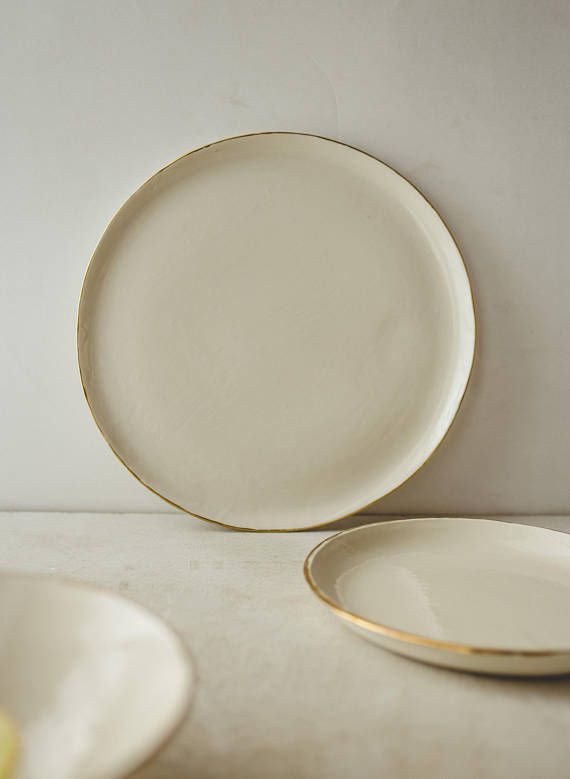The main difference between porcelain ceramic dishware relates to the clays consumed to make the items and their intended end use as some are intended for decorative purposes only.
Ceramic vs porcelain plates.
Porcelain is also resistant to microwave oven and freezer.
It s a good family style option but keep in mind it s not eternal.
Other ceramic tableware are good choices when practical sturdy tableware are needed.
The formal definition of ceramic dinnerware is made of clay and permanently hardened by heat.
Porcelain materials are durable resistant to rust and impermeable.
Many ceramic plates are freezer to oven safe a major advantage when you want to bake ahead.
The other three are unrefined earthenware refined earthenware and stoneware.
The choice between porcelain tableware and other ceramic tableware should be made on the basis of suitability.
As both china and porcelain includes this as part of their definitions one can consider ceramic to be interchangeably used with porcelain and china dinnerware.
In a stoneware versus porcelain comparison several factors come up.
Ceramic plates in my opinion provide the best of both worlds they conduct slow even heat similar to glass pie plates but they also provide a beautiful serving vessel.
It has an incredible durability resulting from the high firing temperature.
Porcelain is a ceramic and one of four major types of dinnerware.
It usually has vitreous material or glass added to the ingredients to increase its strength.
It is pretty durable but not as refined and delicate as porcelain.
Most bone china is dishwasher safe and unless it has metallic banding can go in the microwave and oven as well.
Porcelain is distinguished from the others by its thinness quality of manufacture and higher price.
Porcelain is made from clay that has been baked and hardened.
Porcelain tableware are good choices when durability is not a major concern and an air of elegance is desired.
Bone china as with porcelain can be used daily or reserved for a more formal dining occasion.
They can be made from a variety of clay types and colors and can be painted before being fired.
Properties of ceramic and porcelain.
Types of atoms present the types of bonding between the atoms and the way the atoms are packed together.
Despite its fragile presentation bone china is actually the strongest and most durable ceramic dinnerware.
Is the non porous option of ceramic.
Ceramic pieces are less dense and absorb more water than porcelain which makes them more suitable for indoor low traffic areas.
The most common bonding type in ceramic materials is ionic and covalent bonds.
























